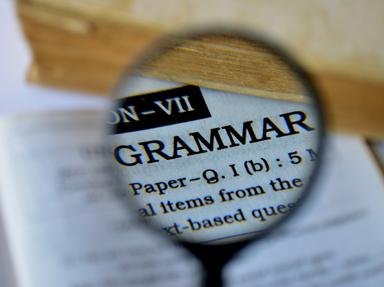Quiz Answer Key and Fun Facts
1. Which is a tilde?
2. Which is a caret?
3. Which is an ampersand?
4. What does a pipe look like?
5. Which is an octothorpe?
6. Which is a colon?
7. Which is a grave?
8. Which is a virgule?
9. Which is a commercial at?
10. What shape do braces have?
Source: Author
psnz
This quiz was reviewed by FunTrivia editor
ponycargirl before going online.
Any errors found in FunTrivia content are routinely corrected through our feedback system.

